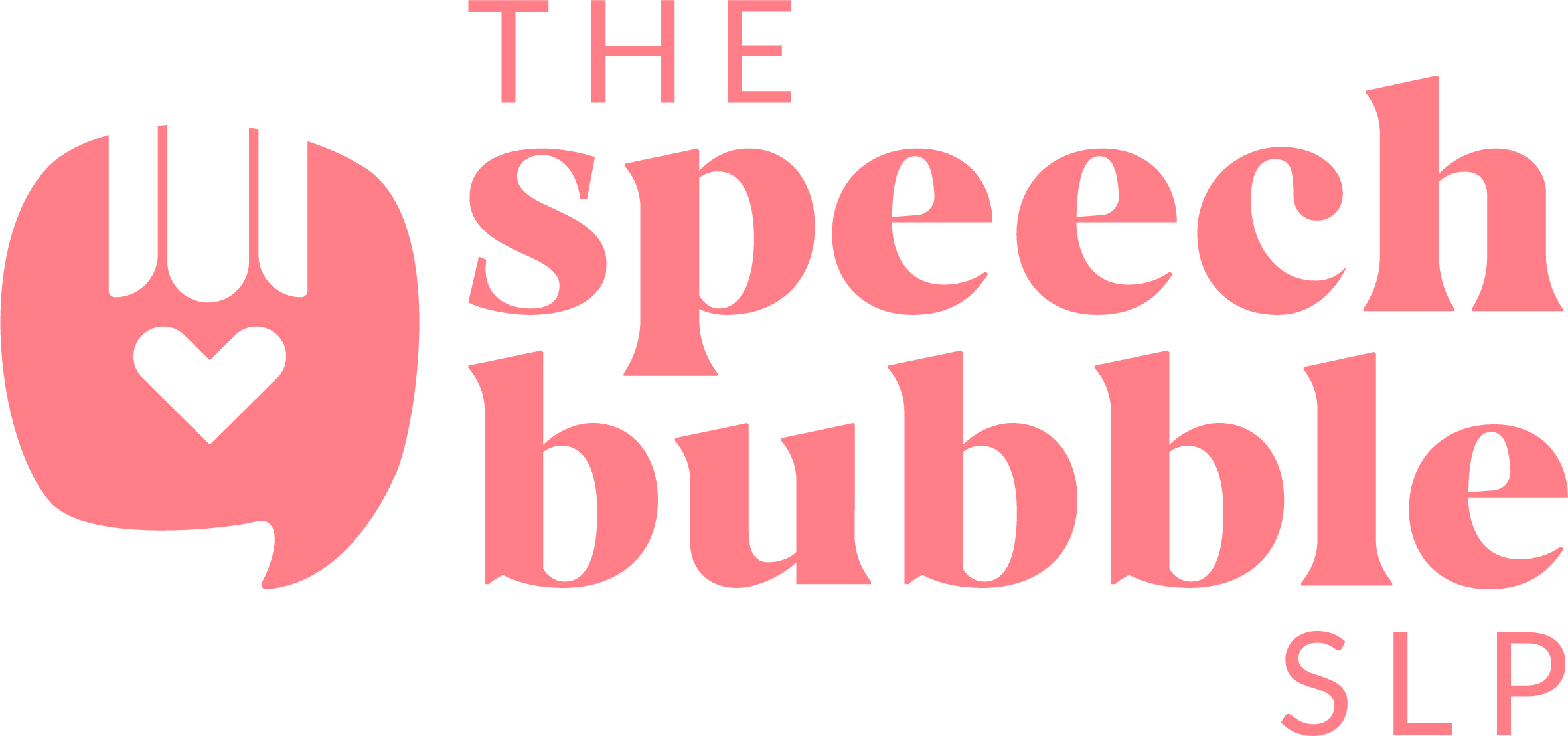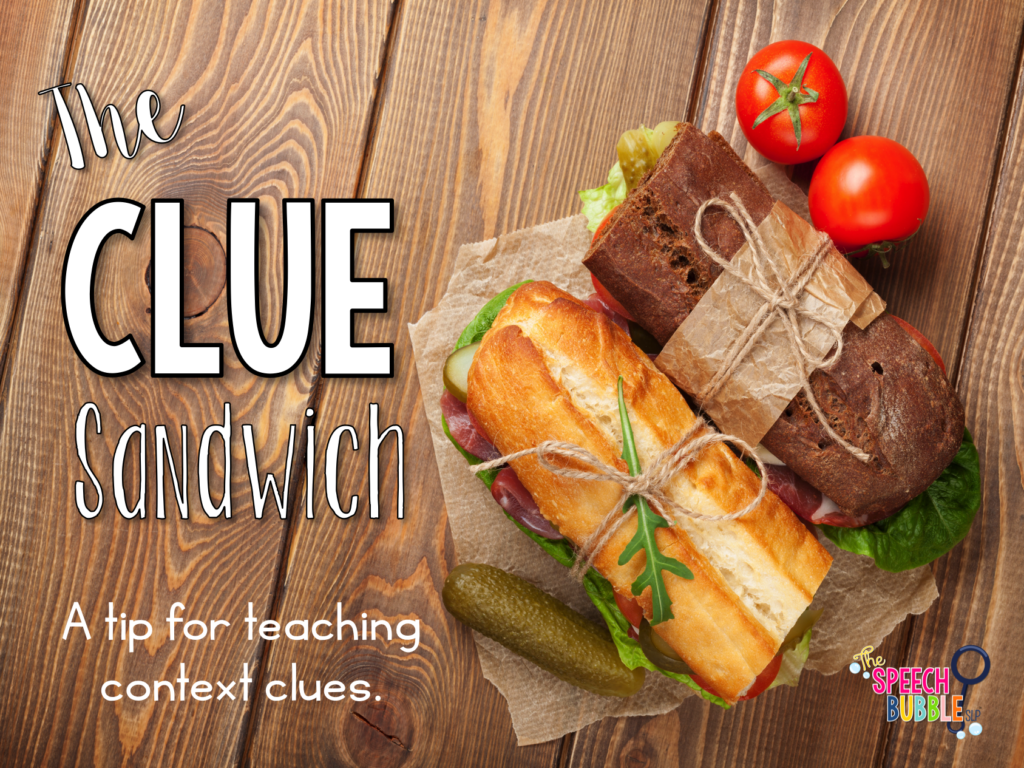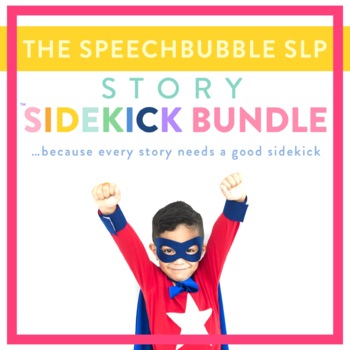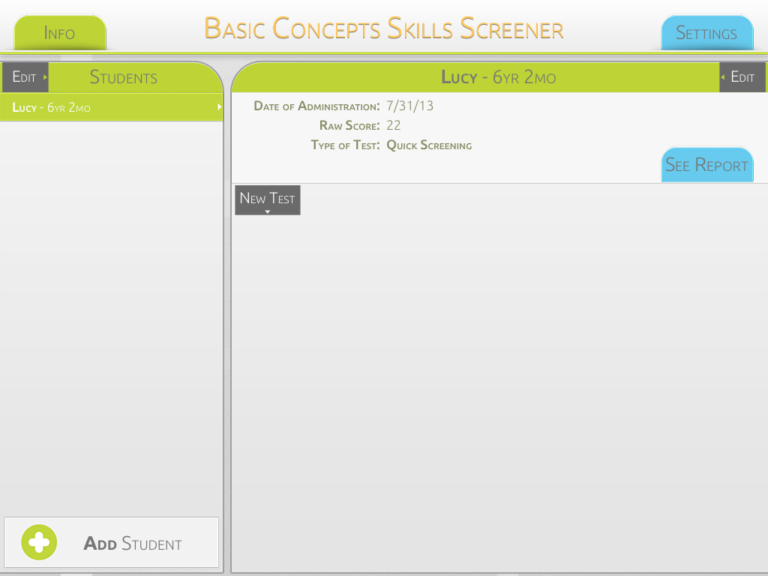While working on context clues with a student the other day we stumbled upon a strategy to help him remember where to look for clues. You may already know it, or call it something different, but today I want to share…the clue sandwich!

I try and remind my students that the context clues for the words they are working on may not always be in the sentence the word is in. Sometime they are in the sentence before or after and the sentence the word is in. But sigh, so may are super focused on that one sentence. That’s where the clue sentence comes in.

I drew this on the board for a nice visual. You have your sentence with the target word in it as the meat and the sentences before and after it are your bread/bun. Then, I was able to remind my student to ‘make the sandwich’, so he would look at all the sentences. We also used highlighters to color code ( the page we used was from my Context Clues in Color pack, so we had them out anyway ) to make sure we hit all the sentences and to help him find the information quicker.

It was quite a hit. I hope this tasty little tip helps!




















3 Responses
I stopped by your poster at ASHA not even realizing it belonged to one of the bloggers I follow (guess I need to focus on context clues more frequently!). Wonderful job on the poster; great ideas across the age ranges. And great job explaining all the ideas in person (it’s always hard to stare at a wall of words by Saturday of ASHA).
Hi Maureen,
I have been using this Context Clue Sandwich strategy with many of my 4th -6th graders who have very low vocabulary and struggle with finding context clues. But they still seem lost and don’t even recognize when there is a clue staring right at them in a surrounding sentence. What skill heirarchy do I need to be aware of so I can scaffold this important skill with them? Could word associations help? Synonyms and antonyms? It’s such a complex skill and their textbooks in class are so way over their heads! Please help point me to any resources that would help.
Thanks!
Allison